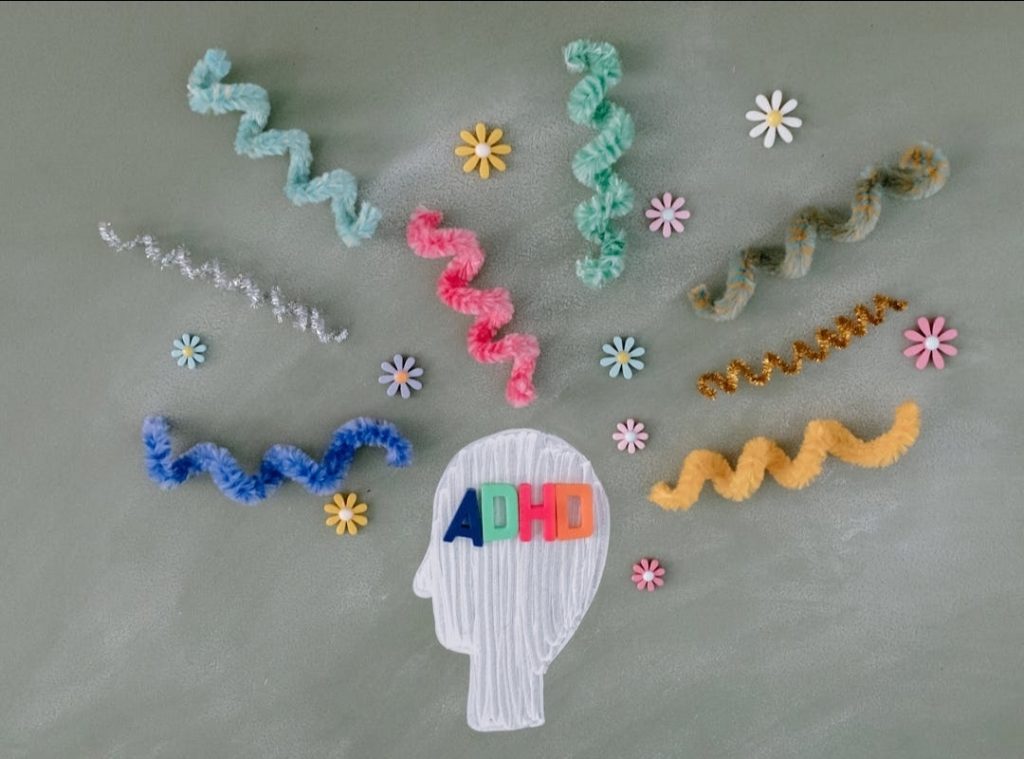Jeopardy Answer – Diatomaceous earth. Jeopardy Question – What is almost everywhere, yet very few people know anything about it? D.E. gives us an abbreviation, and I for one am glad because spelling the name of this substance can be complicated.
Have you heard of diatomaceous earth? It’s used in many everyday items in our houses including part of the filtering process for swimming pools, controlling insects in gardens, and clarifying sugars, syrups, wine, and beer.
Diatoms are tiny, aquatic organisms that when fossilized create diatomaceous earth, a microalgae with a single cell. These cells are responsible for approximately 75% of the world’s oxygen, and can be used against cockroaches, bed bugs, ticks, fleas, spiders, and other pests. A theory involves its importance in human bone health. Different sources provided details about D.E. and its impact on aquatic creatures.
Because diatomaceous earth has little recognition and yet is more useful in daily products than the chemicals which have become harmful when released into the air and create waste plastic, August 31st was proclaimed National Diatomaceous Earth Day to spread awareness of how it can be used on a daily basis in the household. Frustules become what remains after the diatoms die and fall to the bottom of the water; these form diatomaceous earth. D.E. continues to form now in several countries, but the use has been tracked back to the ancient Greeks who used the substance within a building material for bricks.
Peter Kasten was sinking a well in Germany in 1836 when he realized D.E. was present in so many places and the uses were amazing. His research revealed the item could filtrate, absorb, polish, and stabilize. EP Minerals, a leader in all we know and how we use diatomaceous earth, announced in 2016 that August 31 would be National Diatomaceous Earth Day.
You can buy D.E. (they actually sell it on Amazon!) and find a logical use. It’s very helpful to rid the garden or home of pavement ants, odorous house ants, Argentine ants, pharaoh ants, fire and carpenter ants when sprinkled on the ground around plants. Application often uses a mini-strainer similar to the ones used over the cup when one makes tea from grounds and not tea bags. D.E. will also harm other insects like bees and ladybugs so it is important to consider how to distribute it only where necessary keeping safety in mind. The water runoff from treated land might injure water animals; thus, the distribution should be fully evaluated before use.
Diatomaceous earth should not be harmful to animals when used properly. This includes selecting “food-grade” D.E. and following the safety guidelines. People should wear dust masks and gloves when applying D.E., and it may cause problems for people with pre-existing respiratory conditions.
The substance often filters beer and wine, the water in swimming pools, and it refines chemicals for food and medication. It makes the sheen in paint to produce the flat type. And it can be used by environmental specialists to absorb oil from a spill.
Diatomaceous Earth lives among us. The substance can be useful for many applications, but care should be taken to ensure too much doesn’t harm people, animals, and the environment. If you have an ant problem, this certainly could be your best solution.
Her Nexx Chapter invites you to join our free Community where women from around the world are connecting with each other’s stories, exploring different experiences, and transforming ideas.
The Future of Connection for Women








0 Comments